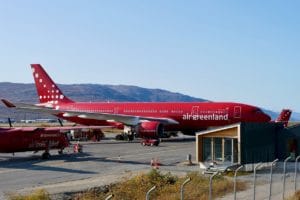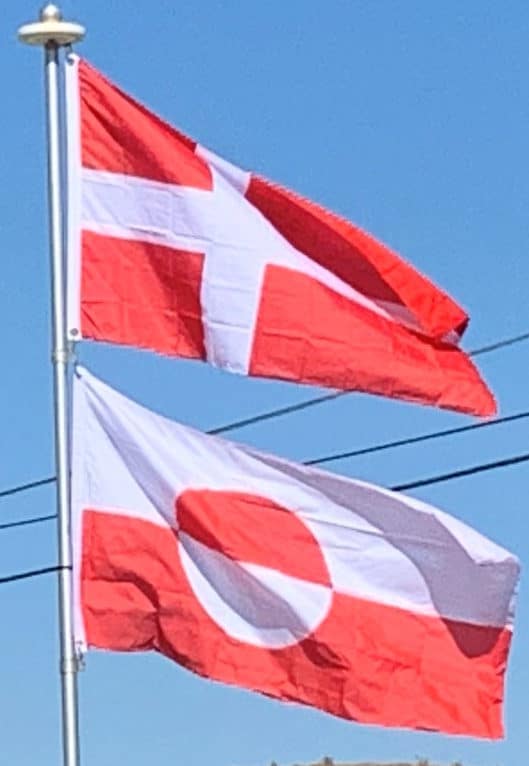The public sector, including publicly owned enterprises and the municipalities, plays a dominant role in Greenland’s economy. About half the government revenues come from grants from the Danish government, an important supplement to the gross domestic product (GDP). Gross domestic product per capita is equivalent to that of the average economies of Europe.
Greenland suffered an economic contraction in the early 1990s. But, since 1993, the economy has improved. The Greenland Home Rule Government (GHRG) has pursued a tight fiscal policy since the late 1980s, which has helped create surpluses in the public budget and low inflation. Since 1990, Greenland has registered a foreign-trade deficit following the closure of the last remaining lead and zinc mine that year. In 2017, new sources of ruby in Greenland have been discovered, promising to bring new industry and a new export from the country.
Transportation:
There is air transport both within Greenland and between the island and other nations. There is also scheduled boat traffic, but the long distances lead to long travel times and low frequency. There are virtually no roads between cities because the coast has many fjords that would require ferry service to connect a road network. The only exception is a gravel road of 5 km (3 mi) length between Kangilinnguit and the now abandoned former cryolite mining town of Ivittuut. In addition, the lack of agriculture, forestry and similar countryside activities has meant that very few country roads have been built.

Kangerlussuaq Airport (SFJ) is the largest airport and the main aviation hub for international passenger transport. It serves international and domestic airline operated flight. SFJ is far from the vicinity of the larger metropolitan capital areas, 317 km (197 mi) to the capital Nuuk, and airline passenger services are available. Greenland has no passenger railways.
Nuuk Airport (GOH) is the second-largest airport located just 6.0 km (3.7 mi) from the center of the capital. GOH serves general aviation traffic and has daily- or regular domestic flights within Greenland. GOH also serves international flights to Iceland, business and private airplanes.
Ilulissat Airport (JAV) is a domestic airport that also serves international flights to Iceland. There are a total of 13 registered civil airports and 47 helipads in Greenland; most of them are unpaved and located in rural areas. The second longest runway is at Narsarsuaq, a domestic airport with limited international service in south Greenland.
All civil aviation matters are handled by the Danish Transport Authority. Most airports including Nuuk Airport have short runways and can only be served by special fairly small aircraft on fairly short flights. Kangerlussuaq Airport around 100 kilometers (62 miles) inland from the west coast is the major airport of Greenland and the hub for domestic flights. Intercontinental flights connect mainly to Copenhagen. Travel between international destinations (except Iceland) and any city in Greenland requires a plane change.
Air Iceland operates flights from Reykjavík to a number of airports in Greenland, and the company promotes the service as a day-trip option from Iceland for tourists.
